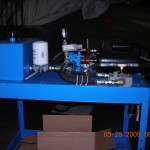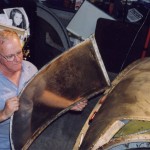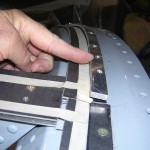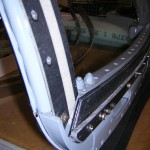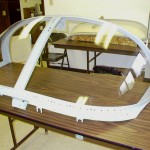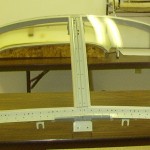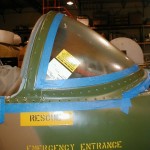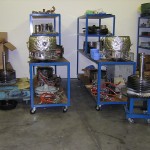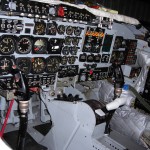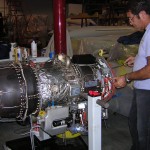This is the story of how a Viet Nam warbird was born, went to war, abandoned, then recovered from a salvage yard, to be restored to flight status again. The little fighter-bomber will fly again as a tribute to those who have answered the call to arms, and paid a dear price. We should never forget our brothers in uniform.
Here begins how one aircraft, Cessna #68-7921 Dragonfly, known as the “Supertweet” by most, will fly again through its discovery, collection, and long restoration. This, like most “warbirds” are owned and restored in private hands, with our own funds. Done for the love of aviation and military history. Call sign “Dragon 921”, looks fresh from the factory. Except for the bullet holes.
Note: “Owners” of warbirds is a misnomer. For we may have title, but we are in fact only custodians of historic relics. To be passed on to later generations for them to keep alive and flying. These are pages of our history.
* * * * * * * * * * * *
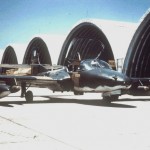 Leaving it’s hardened hanger in Da Nang, Vietnam in 1972, 68-7921 taxis out slowly for another close-air ground support mission. Developed from the Cessna trainer, the T-37, the greatly upgraded A-37 (”A” for attack) quickly turned itself into a fierce little warrior in the air over Vietnam.
Leaving it’s hardened hanger in Da Nang, Vietnam in 1972, 68-7921 taxis out slowly for another close-air ground support mission. Developed from the Cessna trainer, the T-37, the greatly upgraded A-37 (”A” for attack) quickly turned itself into a fierce little warrior in the air over Vietnam.
Its greatest strengths were its bomb load carrying capability coupled with its pinpoint accuracy. One FAC (Forward Air Controller) directing a mission yelled over the radio when the F-4s were replaced by A-37s; “Thank God! Now I have somebody who can actually hit the damn target!”. With two engines, it could loiter for extended periods by shutting down one engine and circling high above the ground fire.
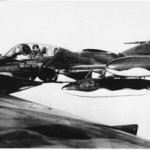
68-7921 is restored to its original condition and will be exhibited in the US as a flying museum in honor to those who flew this wonderful aircraft. Particularly, this aircraft will honor the memory of Lt. Michael Blassie, USAF, who was killed in action in Vietnam in 1972. See the story of Lt. Blassie in the “Links” section.
68-7921 will fly to honor its role in Vietnam. It is a rare aircraft, indeed, with only a handful flying today. It is small, quick, it is loud. It’s restoration was, and is, a long one.
The picture above is 68-7921 in flight during the Viet Nam war – Flown by the South Viet Nam Air Force.
